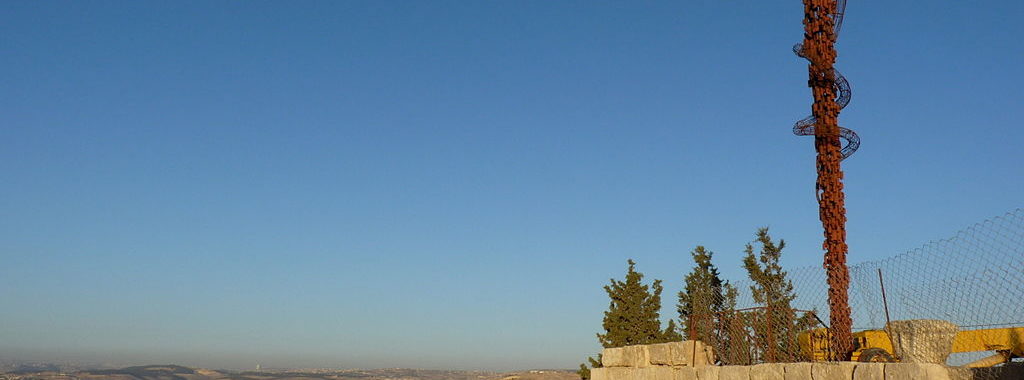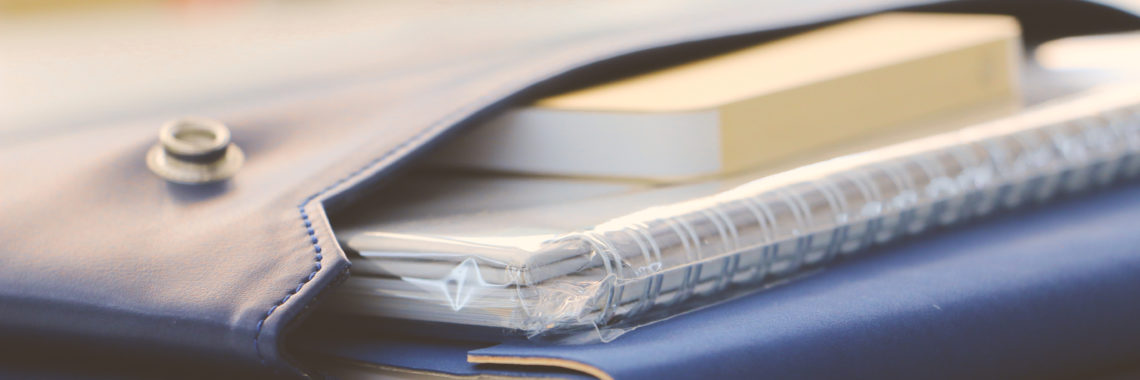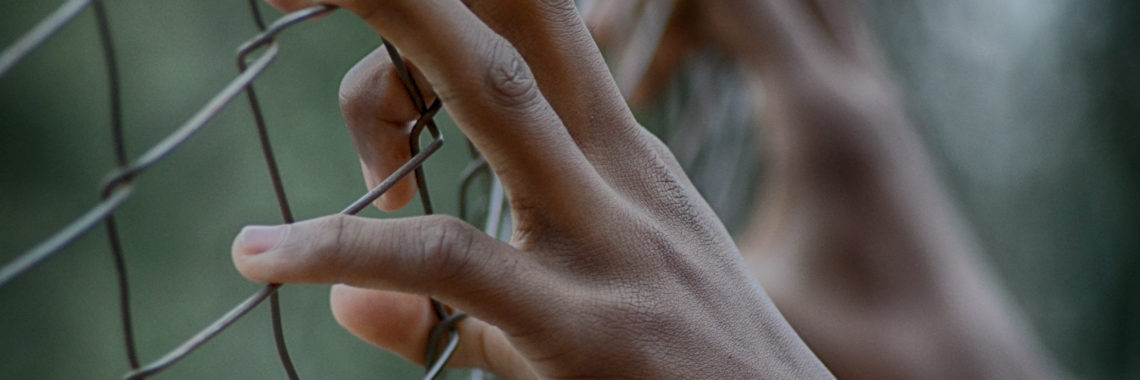“Jonah Redivivus? Retributive Justice in the Book of Jonah and the Jonah Hex Comic Book Series” by Dan Clanton
Photo by Pedro Figueras on Pexels I have taught the book of Jonah for years, and I used to be very pleased with my reading of it. I taught my students that the author was using the characters of God and Jonah to prescribe a new concept of relating to others. In the story, Jonah…











